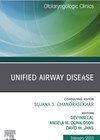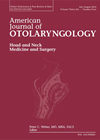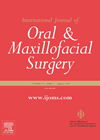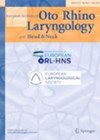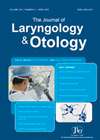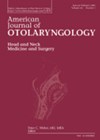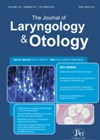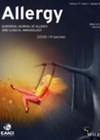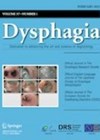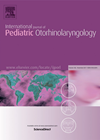
Journal Reviews
How best can we manage Samter’s Triad/AERD?
The classic ‘Samter’s Triad’ of asthma, chronic rhinosinusitis with nasal polyposis (CRSwNP), and aspirin sensitivity is now referred to as aspirin-exacerbated respiratory disease (AERD) or non-steroidal anti-inflammatory-exacerbated respiratory disease. We often come across in our rhinology setting, patients with recalcitrant...
Is a hemithyroidectomy as effective as a total thyroidectomy for compressive symptoms?
The claim made in the title of this paper, that hemithyroidectomy is equally as successful as total thyroidectomy in alleviating compressive symptoms from goitres, is certainly intriguing. And with the inclusion of 45,539 subjects, it would at first glance seem...
Relapse after bi-maxillary surgery in a class III malocclusion
This study analysed 90 patients who underwent a bi-maxillary osteotomy for a class III malocclusion. There were 30 in each of three groups of patients based upon the Frankfort mandibular plane angle (FMA). They were divided into: greater than 32°,...
Post-total laryngectomy constipation
This cross-sectional study investigated the prevalence of chronic constipation post total laryngectomy (TL) and after total pharyngolaryngectomy (TPL). For the study, the authors used a self-completed patient questionnaire to evaluate the prevalence and factors related to it. Patients using opioids,...
Correlation between middle ear and mastoid volumes with results of type 1 paediatric tympanoplasty
This is a retrospective study of 45 paediatric patients, aged between eight and 18 years, who underwent Type 1 cartilage graft tympanoplasty using conchal cartilage. Middle ear and mastoid volumes of these children were correlated with anatomical and functional outcomes...
Postoperative bleeding rates after inferior turbinate reduction using three different techniques
The most serious complication of inferior turbinate reduction surgery is postoperative bleeding, soon after the operation or later on. In this study comprising 751 patients, the authors have compared three common methods. Partial turbinectomy involved resection of the inferior turbinate,...
Prophylactic gastrostomy tubes in advance of chemoradiotherapy for advanced head and neck malignancies – are they worthwhile?
It is well recognised that radical chemoradiotherapy (CRT) for head and neck cancers can significantly affect swallowing, especially if radiotherapy is delivered to the hypopharynx and/or both sides of the neck. As such, prophylactic gastrostomy tubes are often advocated in...
Inpatient or outpatient thyroidectomy?
This systematic review and meta-analysis discusses the safety of hemithyroidectomy in an outpatient vis-à-vis an inpatient setting. Thyroidectomy has traditionally been performed as an inpatient procedure. Currently, an increasing number of surgeons are performing thyroidectomy in outpatient settings. The main...
Role of maxillary sinus irrigation as an adjuvant to current management of chronic rhinusitis without polyposis
Several decades have passed since irrigation of maxillary sinuses generally became a treatment of the past. A more recent concept of biofilms may have evoked new interest in this past procedure, fraught with its own issues. In this study, the...
Eosinophilic or not eosinophilic: dupilumab seems to work
Chronic rhinosinusitis with nasal polyps (CRSwNP) is a type 2 inflammation with interleukin (IL)-4, IL-13, and IL-5. Tissue eosinophilia in nasal polyps dramatically increased over a 10-20-year period. Classification of the severity of eosinophil status is expected to lead to...
Dysphagia in people with HPV-related oropharyngeal cancer
Human papilloma virus (HPV) associated oropharyngeal cancers are becoming much more prevalent and, in some geographic areas, have overtaken tobacco as the leading cause of oropharyngeal cancer. HPV-associated cancers are also reported to have better prognosis in general, and research...
Balloon Eustachian tuboplasty – is it time to start doing it in children?
Given the potential applications for balloon Eustachian tuboplasty (BET) in children, its uptake in most centres has been slow. The reasons for this are multifactorial. There are technical issues – the feasibility of obtaining the correct size balloon and manoeuvring...

